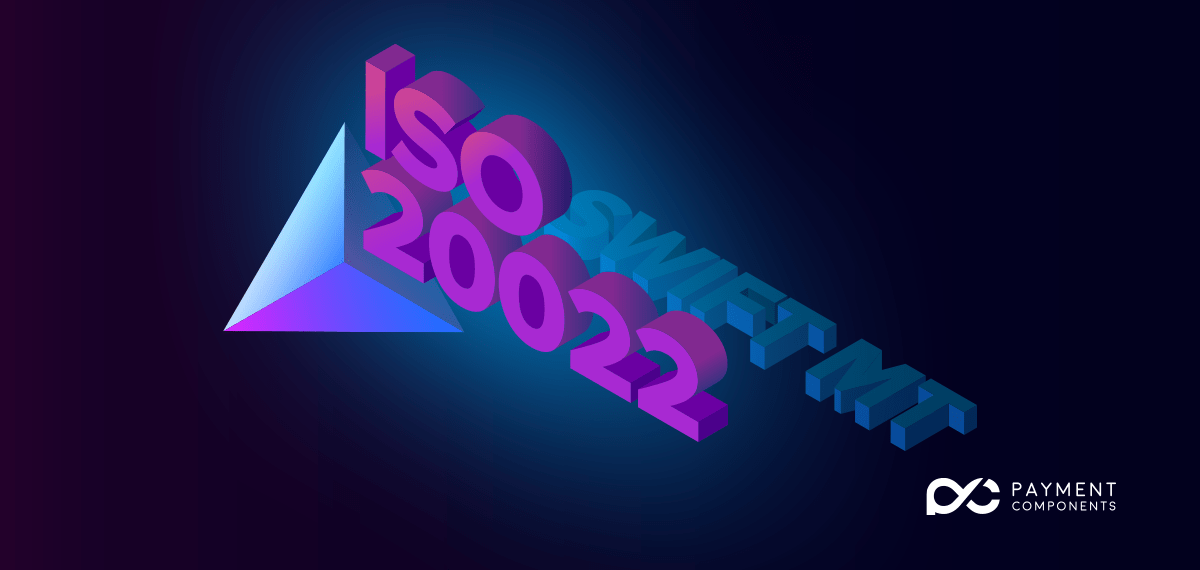Making the Switch to ISO 20022: How to Choose the Right Approach for Your Bank
Now that your bank is looking to make the switch to ISO20022, you may be wondering what the best approach is. This blog post will outline the benefits of ISO 20022 and how to choose the right approach for your bank.
ISO 20022 is an international standard for financial messaging that enables banks to exchange messages in a consistent and data-rich format. The benefits of ISO 20022 include improved efficiency, reduced costs, and enhanced customer experience. However, making the switch to ISO 20022 can be challenging, as it requires banks to invest in new technology and processes.
There are five approaches to switching to ISO 20022: full conversion, partial conversion, multiformat-messaging, gateway messaging, and file-based conversion. Each approach has its own pros and cons, so it's important to choose the right one for your bank.
Making the switch to ISO 20022 involves a number of steps, including planning, designing, testing, and implementing the new system. The timeline for switching to ISO 20022 depends on the chosen approach but can typically be completed in a couple of months to two years.
Why Switch to ISO 20022
Apart from compliance necessity there are many benefits of switching to ISO 20022, the new global standard for financial messaging. The most important business value comes from the fact that it will allow banks to send and receive payments more quickly, securely, and efficiently. ISO 20022 also allows for more transparency and traceability of payments, which can help reduce fraud and financial crime. In addition, ISO 20022 provides a more standardized way of exchanging information between banks, which can lead to reduced costs and improved efficiency.
The Challenges of ISO 20022.
Despite these many benefits, there are also some challenges associated with switching to ISO 20022. First, it will require a significant investment of time, resources and expertise from banks in order to make the transition. Second, there is currently a lack of common understanding and agreement among banks about how best to implement ISO20022. This could lead to delays in adoption or even incompatibility between different bank systems. Finally, because ISO 20022 is such a rich standard, there is always the potential for errors during implementation which could cause disruptions to businesses or even financial losses.
How to Choose the Right Approach for Your Bank
When deciding how to switch to ISO20022, there are three approaches your bank can take:
Do It Yourself using acceleration tools: Your bank completes the entire process of designing, testing and implementing the new system on its own.
Outsource the project: Your bank outsources the entire project to a third party provider.
The Pros and Cons of Each Approach
Each of these approaches has different pros and cons that your bank will need to consider before making a decision.
Doing it yourself may be the most cost-effective option, but it also carries the most risk since your bank will be solely responsible for the success or failure of the project.
Buying an off-the-shelf solution can help reduce some of this risk, and can provide access to resources and expertise that your bank may not have internally. However choosing the right vendor is a difficult task.
Outsourcing the project may also help reduce some of the risks, but it comes with its own set of risks and challenges as well (e.g., finding a reputable third party provider).
Making the Switch to ISO20022
The first step in making the switch to ISO 20022 is to assess your bank's current infrastructure and capabilities. This includes taking inventory of your current systems, processes, and data standards. Once you have a clear understanding of your bank's current state, you can begin to develop a plan for how to migrate to ISO20022. This plan should include a detailed mapping of your current infrastructure to the new standard.
The second step is to select a migration strategy that makes sense for your bank. There are five approaches that banks can take when migrating to ISO 20022: big bang, phased, parallel, incremental, or selective. Each approach has its own advantages and disadvantages, so it's important to select the one that makes the most sense for your bank's unique circumstances.
The third step is to implement the migration plan. This will involve making changes to your systems, processes, and data standards in order to comply with ISO20022. It's important to test these changes thoroughly before going live with them in order to avoid any disruptions in service.
The fourth and final step is to go live with ISO 20022. This means making the switch from your old systems and processes to the new ones that are compliant with ISO20022. It's important to monitor closely after going live in order to make sure that everything is working as expected and that there are no problems with compliance.
Conclusion
Making the switch to ISO 20022 can be a daunting task for banks, but the benefits of doing so are clear. By taking the time to choose the right approach for your bank, you can make the transition as smooth and seamless as possible. And, by following the steps laid out in this blog post, you can ensure that you're prepared for every stage of the process.
Payment Components' aplonHUB is a lightweight financial messaging application that handles all account to account payment flows, able to modernize payment systems at a fraction of time & resources and is ideal for banks and financial institutions of all sizes.
Our FINaplo libraries can speed-up your in-house development and help you build, validate, and translate your financial messages, eliminate complexity, and remain compliant at all times.

